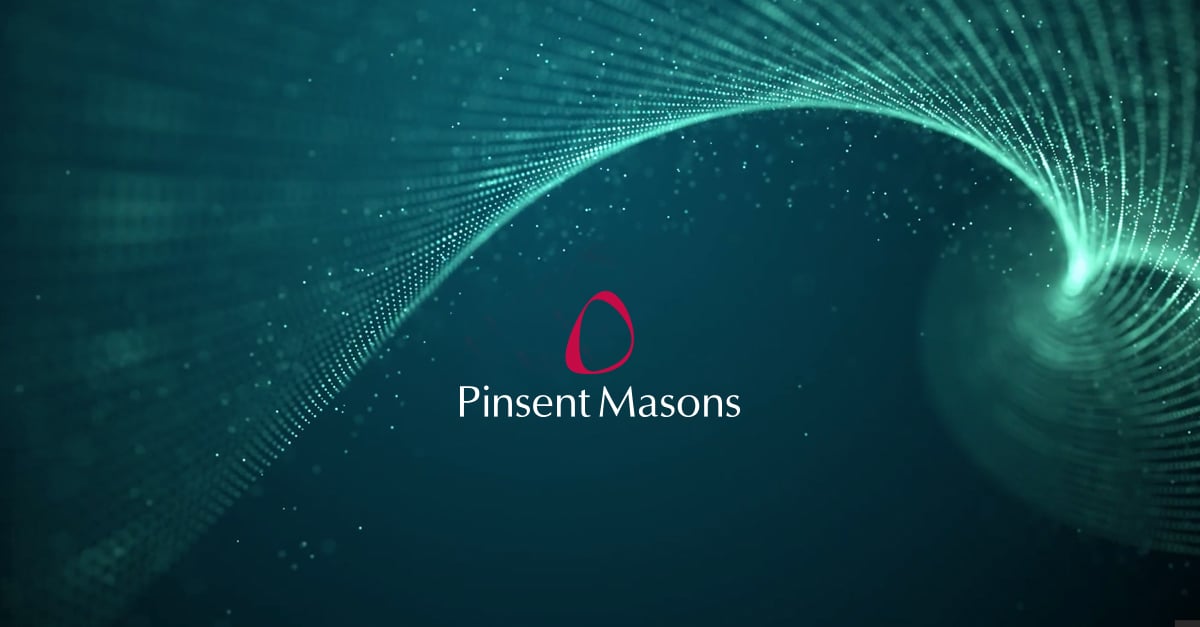There is often talk of better integration of supply chains, but in reality little has changed in practice. However, AI could be the key to greater virtual integration in the construction industry by consolidating processes, improving data-driven decisions and giving companies greater control across the entire value chain.
Risks for organizations in the built environment
The transformation of the industry due to the growth of AI will bring opportunities, but could also lead to increased risks for companies.
Governance and risk management
The introduction of AI has been compared to “gold rush fever”. By having a clear vision of priorities and a roadmap for AI adoption, companies can stay focused on delivering tangible results. Without a robust governance framework, the risk of making costly mistakes increases.
Our survey revealed a lack of robust governance around the use of AI. Although more than half of companies had organizational AI policies in place, only 20% went further and implemented organizational AI policies that set guidelines for usage, governance, ethical implications, security measures, and related issues.
Health and safety
Health and safety is a critical issue in the construction industry and the use of AI could increase the risk of errors and liability. For example, one of the dangers of AI is that it can produce plausible but incorrect results. In construction, this could potentially lead to incorrect risk assessments or incorrect safety recommendations.
Supply chain
As recent cyberattacks on companies have shown, the increased use of AI and technology increases the vulnerability of supply chains to the risk of cybercrime. It can also have a significant impact on business resilience.
Data collection, quality and security
Data management and data quality are fundamental to the success of AI. Poor data entry leads to poor quality results. Two of the biggest hurdles in adopting AI are having trust in the data and getting reliable data in the first place. For AI to work effectively, the data must be in a machine-readable format. However, because the construction industry is not traditionally a data-first sector, the data architecture in technology applications and software tools tends to be fragmented and inconsistent. Therefore, investments must initially focus on the development of standardized and structured machine-readable data. As one manager put it: A lot of industry information is still only in people's heads, let alone in databases.
AI can inadvertently increase bias or operate outside legal and ethical boundaries. This means that data quality assurance must be in place to check the risk of biased data and inaccuracies. Overreliance on AI can undermine important human capabilities and limit control. Additionally, many AI systems act as a “black box” where users can see the system’s inputs and outputs, but have limited knowledge of what factors are used and weighted in making inferences. This can undermine overall trust in AI technologies.
Data security, the exchange of commercially sensitive information and the protection of intellectual property could be affected by the increasing adoption of AI. Therefore, appropriate measures such as data exchange protocols and data management must be introduced at the beginning.
Opportunities for the industry
The construction industry is ripe for disruption. Projects take longer than planned, costs are often higher than expected, productivity has fallen due to greater complexity and there is a chronic shortage of skilled workers. AI has the potential to improve productivity and create data analysis and insights to support regulatory compliance and reporting.
Improving productivity
AI could help improve performance by creating efficiencies through automation and supporting better decision making, including:
- Optimize design and engineering processes by using generative design and complex simulations, including data layers on digital twins, to improve processes and predict potential problems and defects. Integrating AI with other technologies such as Internet of Things (IoT) sensors – including smart devices, autonomous security systems and remote sensors for monitoring manufacturing facilities – or Building Information Modeling (BIM) tools – software programs that create and manage digital building models – can create responsive, dynamic project environments where decision-making is based on real-time data rather than a static plan;
- Exploring how contract management can be improved with fewer staff and better quality results;
- Improving cost estimation and forecasting by using AI for predictive analytics – using data, statistics, modeling combined with machine learning to predict and plan projects;
- Identifying and predicting faults and performance degradation in buildings and infrastructure;
- Monitoring on-site security using drones and real-time tracking, and exploring how the use of AI and robotics could improve security;
- Improving data interpretation – AI analysis of lidar scans, photographs and site surveys will enable better interpretation of data than relying solely on statistics and measurements.
Data monetization
In the digital age, data is a valuable asset. How do you evaluate and measure efficiencies? Will the company's investment in AI be passed on to customers for free? The concept of data monetization is to generate tangible value from data assets by either selling data or using it internally to improve operations, develop new products or services, and improve decision-making.
Regulatory Compliance
AI can be used to improve sustainability in construction, for example by using data to monitor energy consumption and reduce waste through resource optimization and better material forecasting, as well as for environmental, social and governance (ESG) reporting and compliance. AI can also be integrated into the “Golden Thread” approach to building security to improve digital monitoring throughout the lifecycle, particularly for higher risk buildings, ensuring ongoing safety and regulatory compliance.
What should leaders do?
AI is widely expected to revolutionize all parts of the global economy. Things will be no different in the built environment.
Industry leaders must ensure that they are adequately informed about the potential of AI and are fully aware of the risks and opportunities of using the technology. Implementing robust governance policies and agile AI strategies that can adapt to evolving technologies and market conditions will also be critical.
